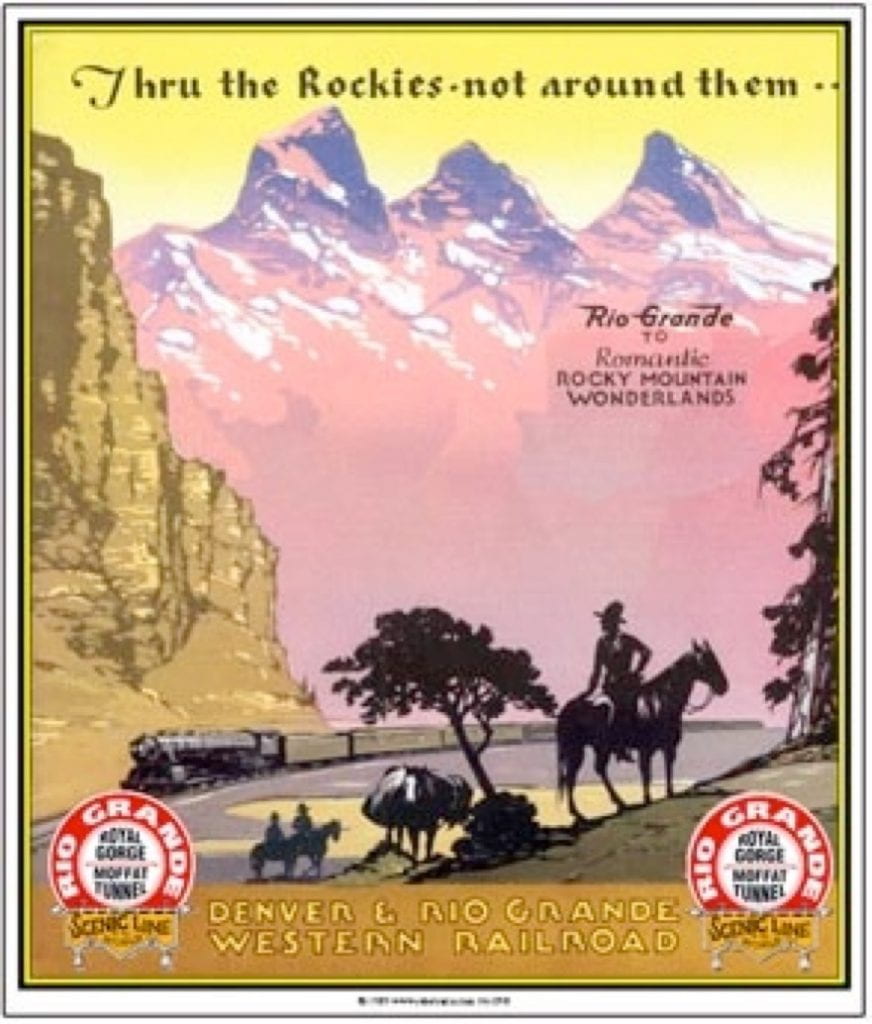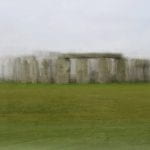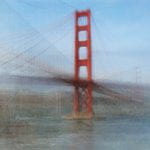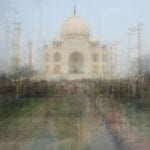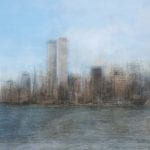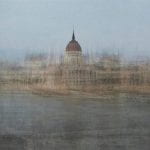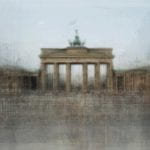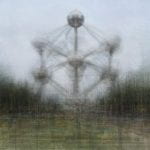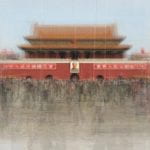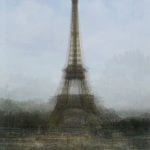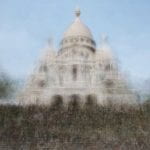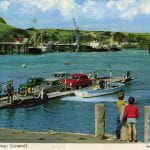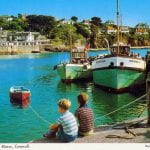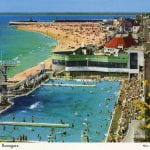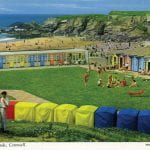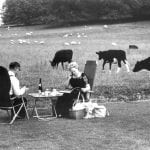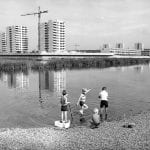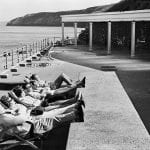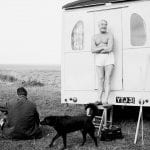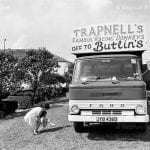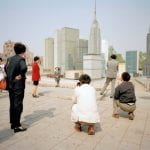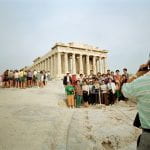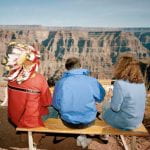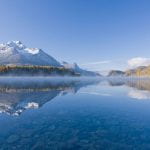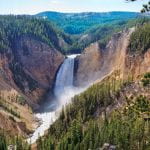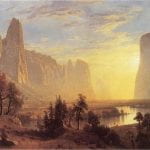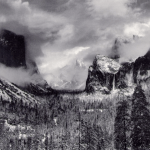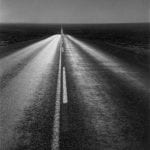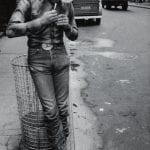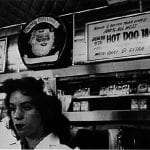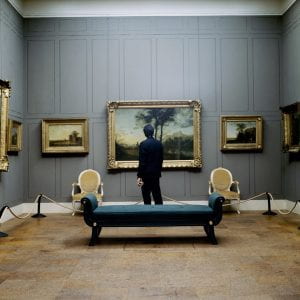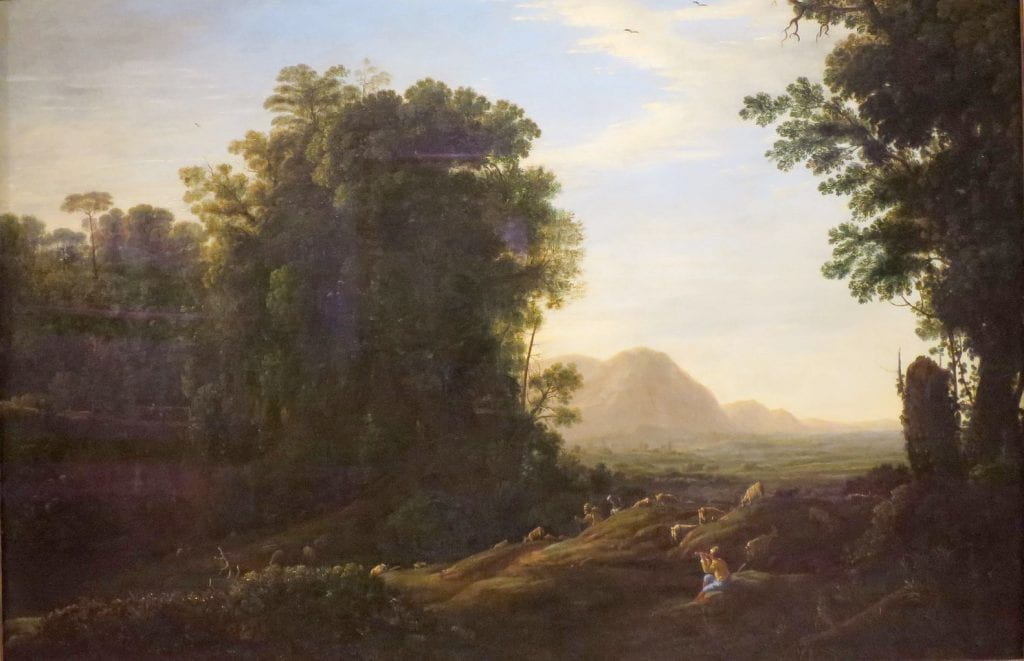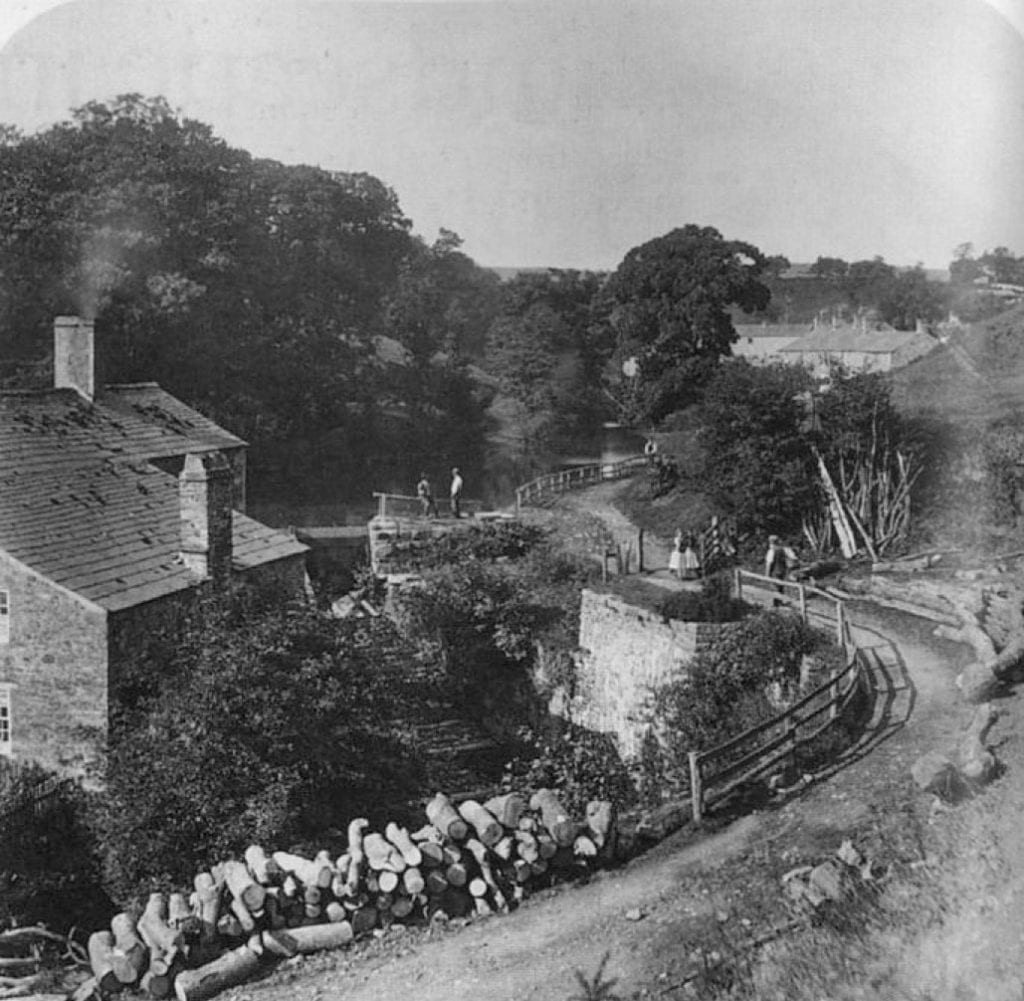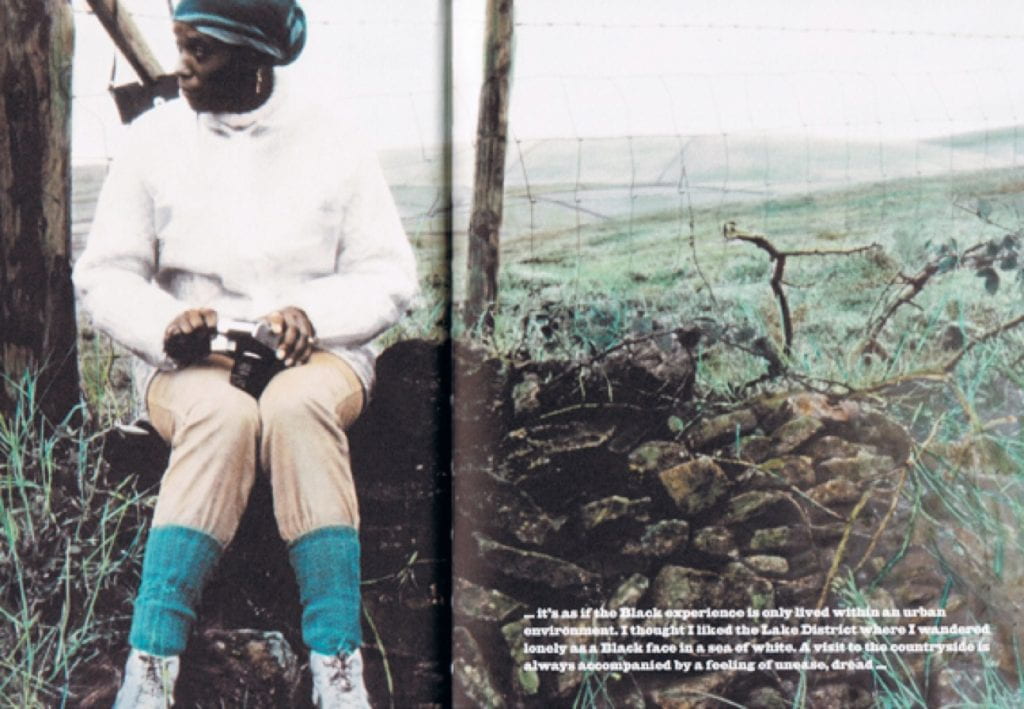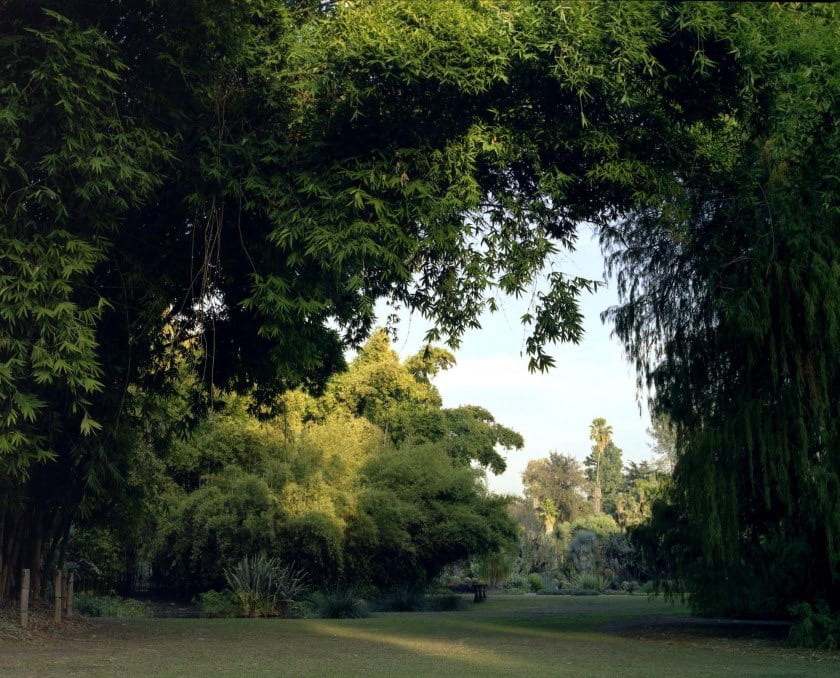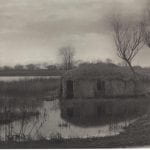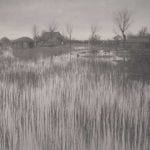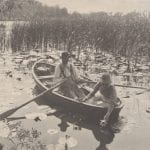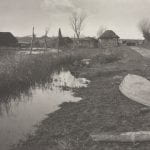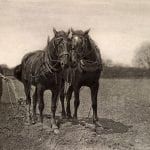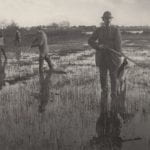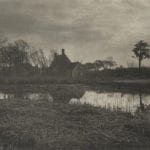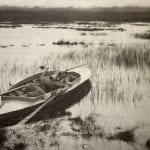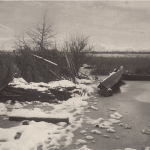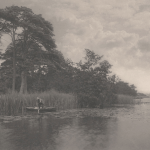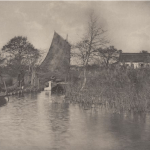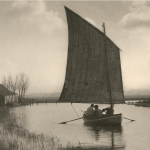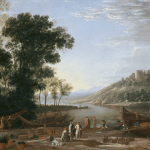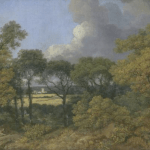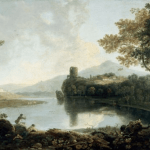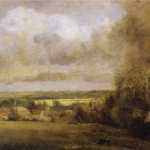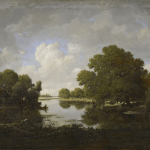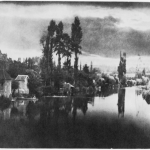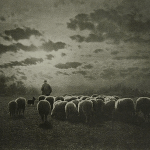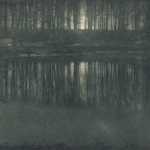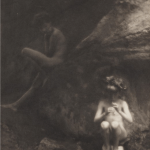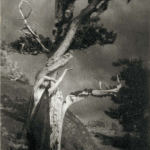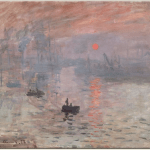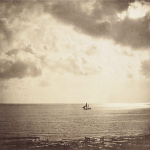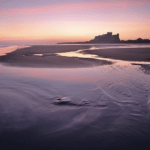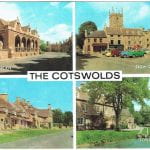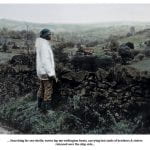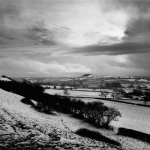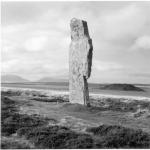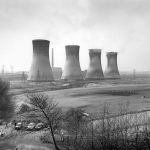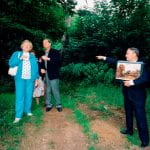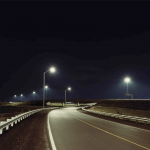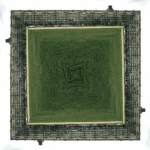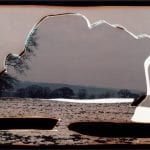the Photogenic or the real?
‘A way of certifying experience, taking photographs is also a way of refusing it – by limiting experience to a search for the photogenic, by converting experience into a souvenir (Sontag, 1977, p.9)

This session aims to consolidate ideas of the Picturesque and introduce ideas of the ‘image world’ / simulacra through critical analysis of vernacular tourist and postcard imagery. It encourages in depth research into Corrine Vionnet’s practice and the recycling of photogenic imagery as it ‘becomes’ the truth. It asks participants to be critical about the presumed truth of such imagery and position thier own practice accordingly.
‘Every day the urge goes stronger to get hold of an object at very close range by way of it’s likeness, it’s reproduction’ (Benjamin, 1936, p.23)
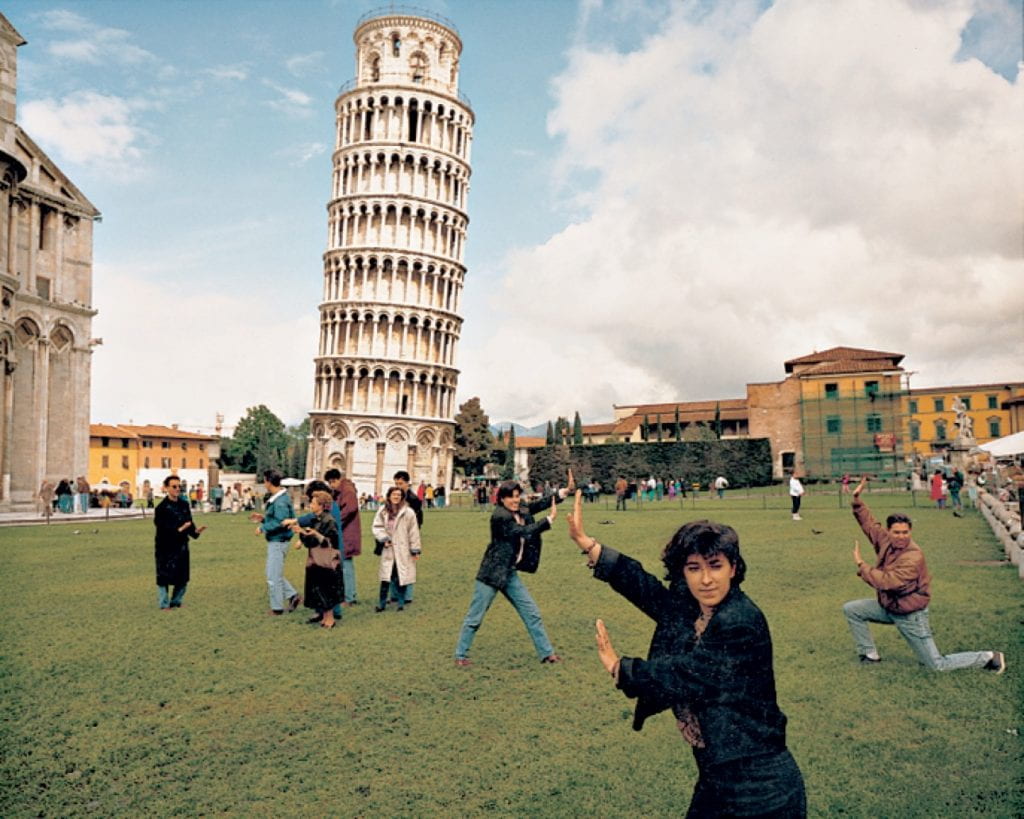
‘It seems positively unnatural to travel for pleasure without taking a camera along. Photographs will offer indesputable evidence that the trip was made, that the program was carried out, that fun was had’ (Sontag, 1977, p.9)
This Session could be run in conjunction with:

‘Postmodern culture is often characterised as an era of ‘hyper-representation’ in which reality itself begins to be experienced as an endless network of representations’ (Mitchell, 1995, p.16)
Aims & Outcomes:
- To consider vernacular / stereotypical postcard representations of the land / local environment / landscape
- To investigate the relationship between postcards and more subjective photographic practices as it applies to representations of place / landscape
- To understand the nature of the vernalular postcard as it ‘tames’ and transforms the land into an advert
- To introduce the idea of an ‘image world’ / simulacra
- Participant Outcome: 1 10×8 digital print
‘It is no longer a question of imitation, nor duplication, nor even parody. It is a question of substituting the signs of the real for the real’ (Baudrillard, 1994, p.2)
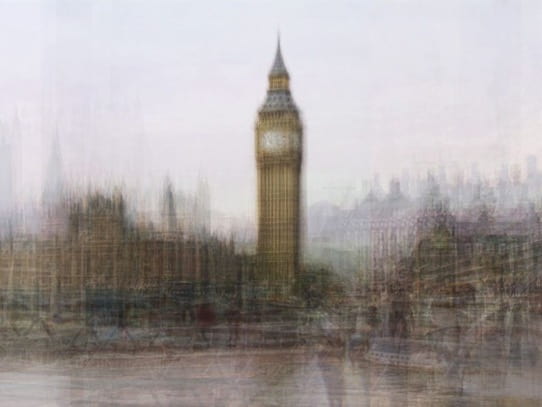
‘Photo Opportunities tries to speak about our collective memory and the influence of image through films, advertisements, postcards, the Internet, etc. It attempts to raise questions about our motivations to make a photograph and our touristic experience. It tries to speak about our image consumption and how ubiquitous images actually are’ (Vionnet in Jones, 2013)
You will need:
- Digital cameras for all participants (and appropriate memory cards) *This session can also be run using Camera phones or Lumix cameras
- Card readers
- Access to computers (or laptops)
- Tripods
- Flashguns if you plan to practice lighting techniques
- An Introductory Brief & Presentation (below) for participants to outline the ideas and provide examples
- A booked room to critique participants work (either via a projector or via print)
- Blue tack to pin the work
- Costings and Risk Assessments
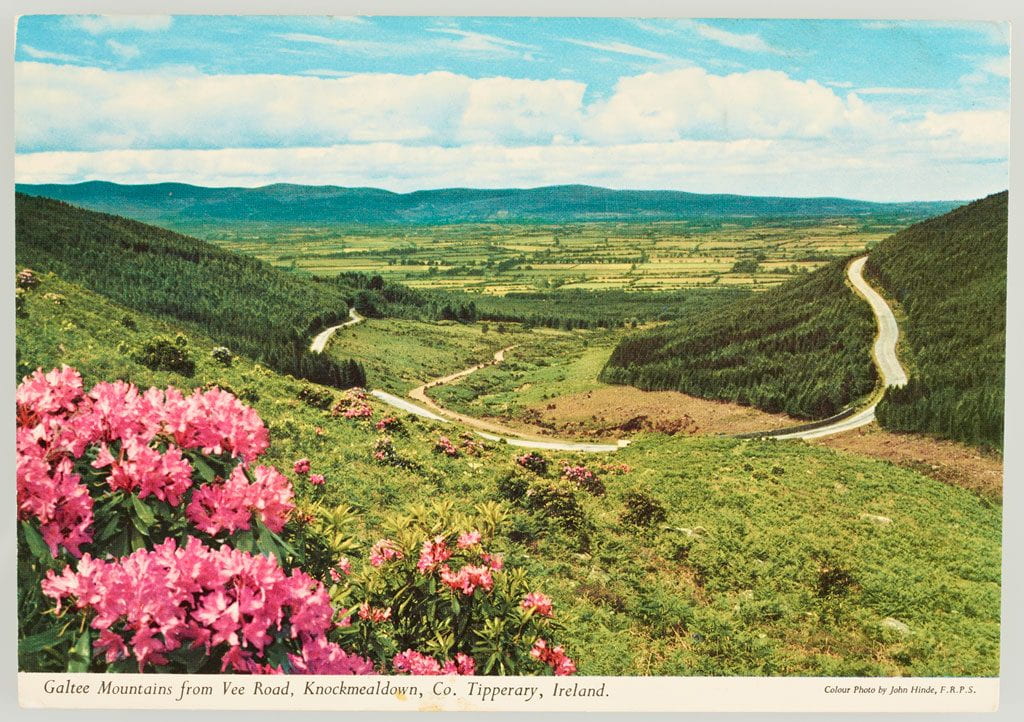
‘Hinde hoped to create a visual rendition of happy holiday memories – seen now, the postcards seem to indicative of a breezy post-war optimism’ (smythe, 2018)
Research: The work of Corrine Vionnet
‘Famed landmarks appear to float gently in a dream-like haze of blue sky. Each construction espouses the ‘touristic gaze’, its distorted visual referent functions as a device for memory transport by funneling many experiences into one familiar locale.’ (Yale, 2018)
Preparation Work:
- Find a number of postcards / tourist information / vernacular representations of the local environment / landscape / place
- Ask participants to read Gregory Jones (2013) ‘Corrine Vionnet and the Democratic Snapshot’ in The Inbetween 23rd February 2013 available here
- Ask participants to read Diane Smythe (2018) ‘Picture Postcard Perfection with the John Hinde Collection’ in The British Journal of Photography 29th August 2018 available here
- Ask participants to read Jonas Larsen ‘The Aspirational Tourist Photographer’ in Either / And available here
- Ask participants to watch Tony Ray Jones & Martin Parr: Only In England (2014) in National Science & Media Museum available here
- Ask participants if they have thier own digital cameras and cards
- Make sure you have access to computers / image editing software
- Make sure there are enough team members to support participants (never assume thier prior knowledge)
- Decide whether you will project the work or print it.
- If you are printing it make sure the Photo Lab are aware and be aware of timekeeping so they have space to print the work.
- *If you are running this session off campus, make sure there is access to printers or projectors
Presentation Ideas: the Photogenic or the real?
‘The most grandiose result of the photographic enterprise is to give us a sense that we can hold the whole world in our heads, as an anthology of images’ (Sontag, 1977, p.3)
suggested Session Outline:
- Show participants a number of postcards / tourist iconography of famous / local scenes. Have they visited them? Why do they recognise them?
- Give the Presentation (above). Invite participants to compare the tousist work with its reality. What are the similarities and differences?
- Provide participants with a list of local areas / and postcards of these (or they can think of thier own). Identify the key elements of the scene and its aesthetic. Is it authentic?
- Identify how these might be translated in new / more realistic ways
- Sketch out / brainstorm initial ideas
- Location lighting induction. How does light colour / black and white / aesthetics influence the scene?
- Shoot the image individually / in groups
- Print / Project and critique the images with the original tourist ‘scene’ in mind / on view and considering aspects of a subjective response / aesthetics / audience respsonse
